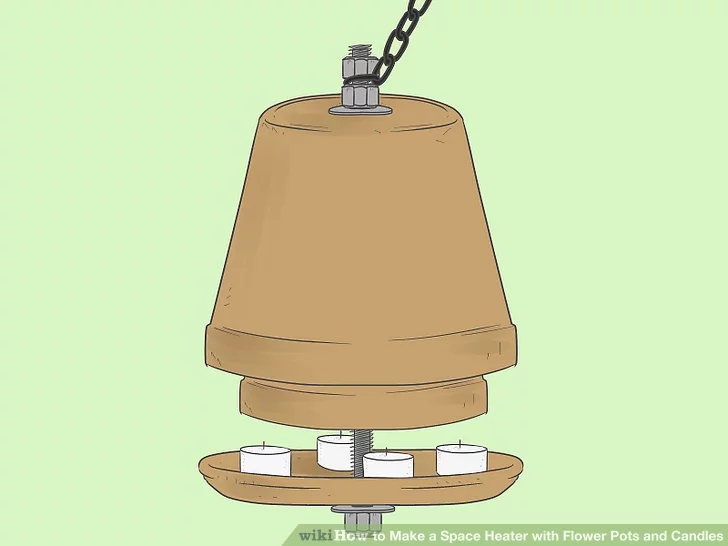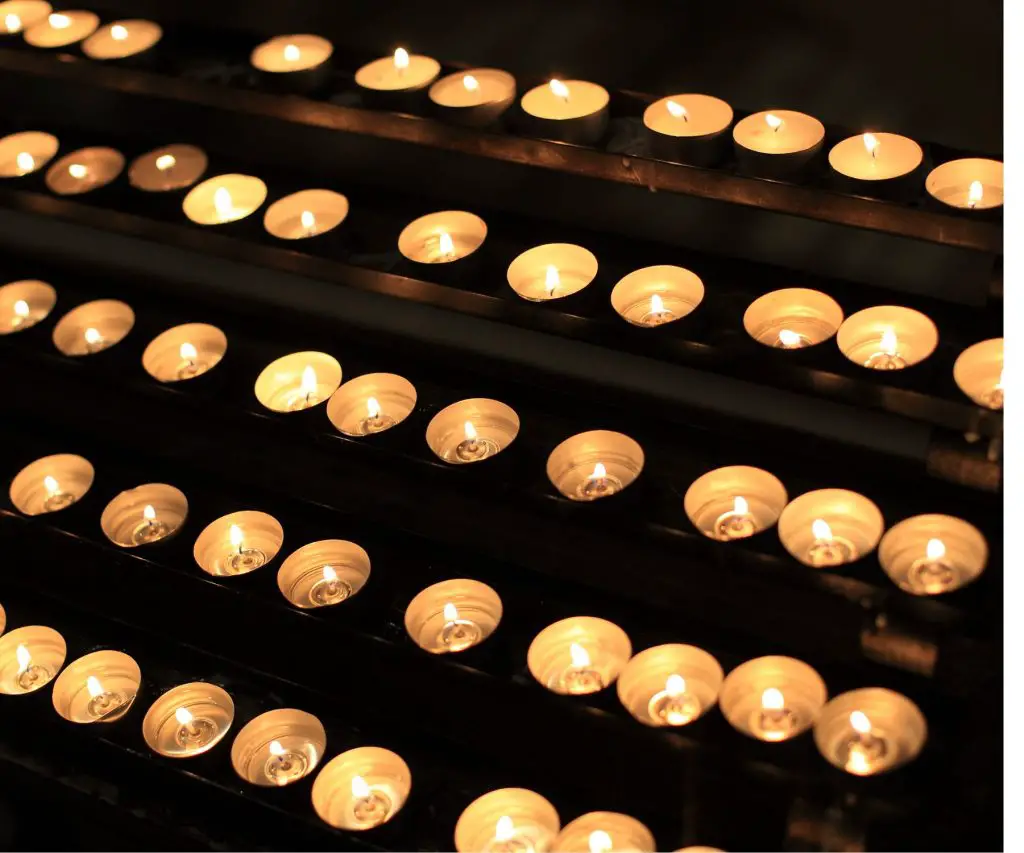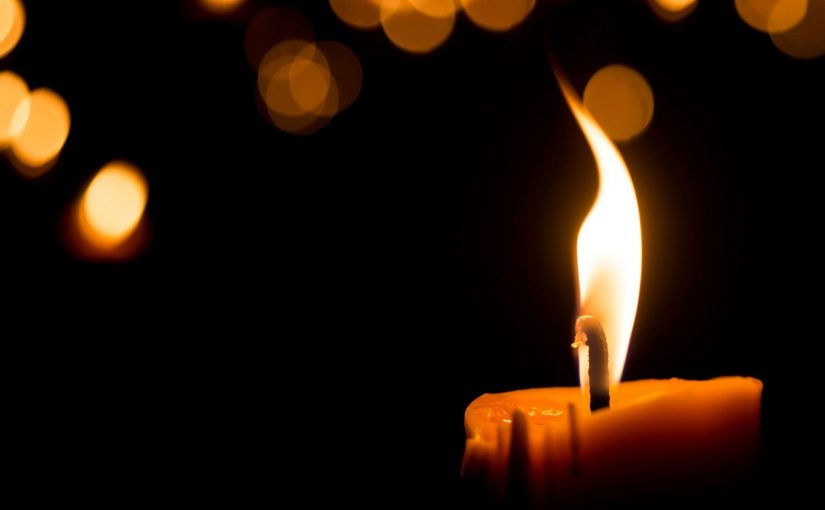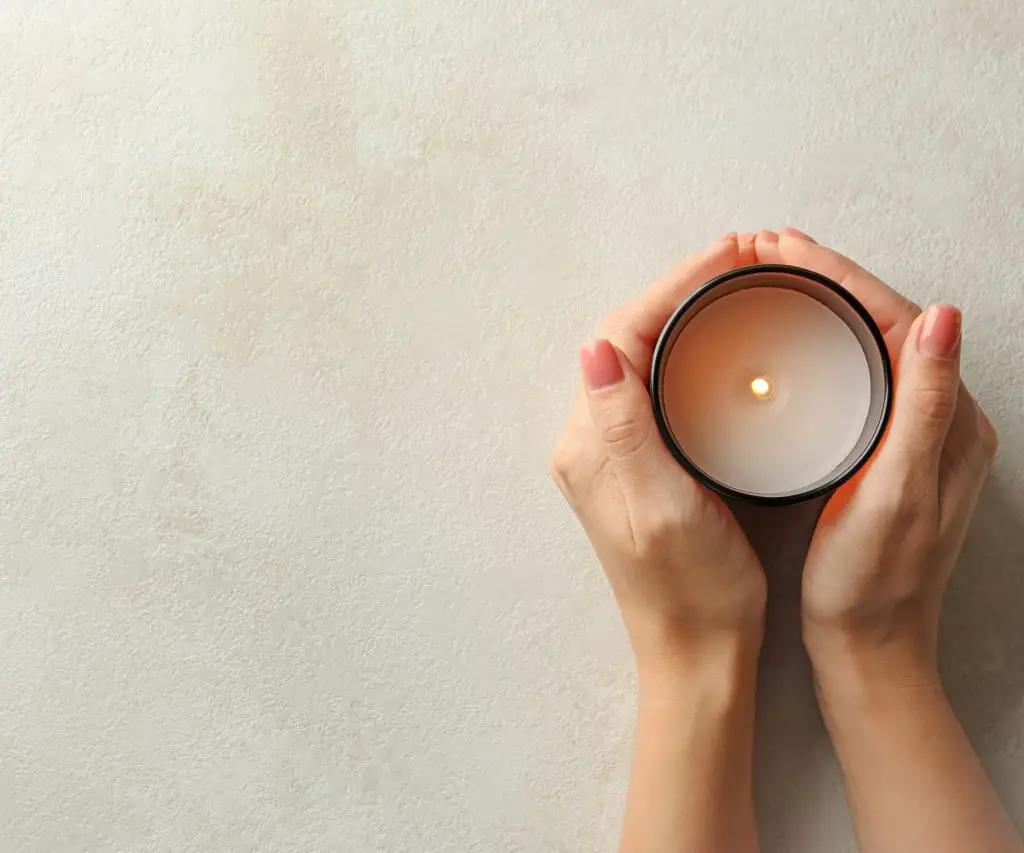Do Little Buddy Heaters Produce Carbon Monoxide?
The Little Buddy is a popular brand of indoor propane heater and propane heaters can release carbon monoxide if it is burned in too high of volume or if there is a malfunction in your heating appliance.
And carbon monoxide is poisonous and can result in making you sick or even death if not detected and rectified.
The Little Buddy propane heater does not burn propane in high volume and is a properly working appliance. But like any other appliance, if there is a malfunction with the heater, then there is a chance of the heater producing carbon monoxide.
As a propane heater intended for indoor use, it comes with the standard oxygen depletion sensor that will shut the heater off if it senses that the oxygen in the surrounding area is lowering.
A very nice feature since the absence of oxygen is the introduction of carbon monoxide.
Propane is actually a very clean burning gas that is very safe to use to heat a room or even a house. That is as long as the heater, like the Little Buddy, is rated for indoor use.
What’s the difference between an indoor and an outdoor propane heater?
Because rooms that are inside a house are normally tightly sealed,
Indoor propane heaters come with extra precautions to guard against the threat of carbon monoxide poisoning.
Oxygen depletion sensors automatically shut the machinery off if they sense the oxygen level going down in the room.
Outdoor propane heaters are not required to have the same standard of safety precautions because any carbon monoxide that is created while burning, dissipates very quickly outside.
Carbon Monoxide detectors
And while using a indoor propane heater like the little buddy is not dangerous and the threat of carbon monoxide poisoning is very low while using it,
Carbon monoxide detectors are inexpensive and should be employed anytime that there is propane gas, natural gas, or even wood burning in your home to produce heat.
In most states it’s actually the law to have a carbon monoxide detector in your home if you use any sort of gas or have a fireplace.
And though the little buddy propane heater is well built and precautions have been added to ensure your safety, appliances can break.
Summary
Do Little Buddy Heaters Produce Carbon Monoxide?
Little buddy heaters are indoor propane heaters that are properly rated for indoor use.
That means that they have precautions built-in to help ensure that carbon monoxide poisoning does not ever happen.
There is very little threat of carbon monoxide being released while using a little buddy propane heater.
But like any appliance, propane gas heaters can malfunction for any number of reasons.
A malfunctioning propane heater can definitely be a threat of carbon monoxide poisoning.
For this reason, before using a indoor propane heater or any other type of heater that burns fuel or wood,
You should install carbon monoxide detectors in your home or business.
Carbon monoxide detectors are fairly inexpensive and are often combined with Propane and other natural and explosive gas detectors in the same unit.
And since installing Carbon monoxide detectors is actually the law in most States, you probably already have them.
And this article may just be a reminder to make sure that they are working and that the battery is fresh.



























